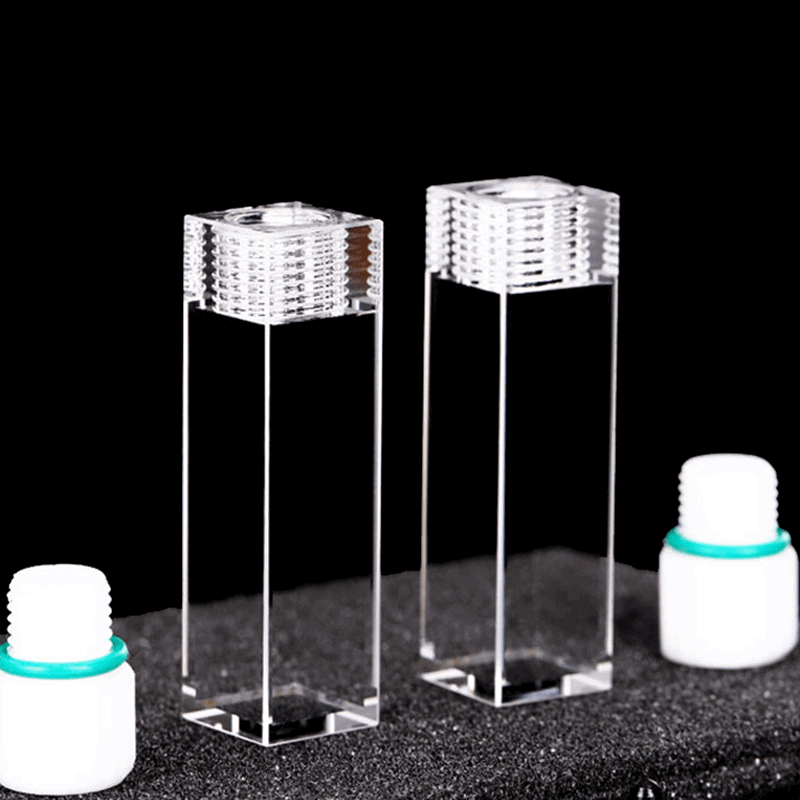Improving Laboratory Efficiency with the Proper Cuvette Size
Improving Laboratory Efficiency with the Proper Cuvette Size
Blog Article

The Advantages of Cuvettes and Quartz Vials in Medical Research
In clinical study, the reliability and stability of sizes are paramount, particularly in fields like spectroscopy, substance analysis, and biology. One critical component that ensures detail in these studies is the cuvette, specially quartz vial. Understanding the benefits of cuvettes and the advantages of applying quartz vials can somewhat affect the end result of experiments and laboratory work.
Accuracy in Spectroscopy
Cuvettes are essential for keeping liquid products in several analytic devices, most notably spectrophotometers. These devices gauge the absorbance or transmission of light through an example, and the cuvette provides as the container for the sample during analysis. The measurement and material of the cuvette enjoy a crucial position in ensuring the precision of the measurements. Quartz vials, particularly, present outstanding optical clarity, enabling precise gentle indication across a wide selection of wavelengths, including uv (UV) light. That makes quartz vials an excellent selection for spectroscopic experiments, where accuracy is critical.
Durability and Substance Resistance
Quartz vials be noticeable for their toughness and opposition to tough chemicals. Unlike plastic cuvettes, quartz vials are less likely to degrade or react with substances in the sample, ensuring that the outcome of the experiment remain unaffected by potential contamination. That quality makes quartz vials especially useful in settings wherever hostile solvents or large conditions are involved. Their ability to tolerate severe problems without compromising the strength of the taste is one of the primary reasons they're favored in many lab applications.
Reliability in Size and Form
How big is a cuvette is not a one-size-fits-all situation. The dimension of the cuvette, such as for instance their route length, impacts the volume of the test and the quantity of light that passes through. Selecting the right cuvette measurement for the specific test ensures that the answers are perhaps not manipulated because of under or over-concentration of the sample. Quartz vials come in many different dimensions and forms, letting analysts to select the most proper selection based on the needs of their experiment. This flexibility contributes to more exact data and provides for greater get a grip on over experimental conditions.
Visibility and Mild Indication
Quartz is noted for its excellent visibility, particularly in the ultraviolet (UV) and obvious mild spectra. This makes quartz vials ideal for use in tools that need obvious visual paths, such as for example UV-Vis spectrophotometers. The superior mild sign qualities of quartz make sure that the mild passes through the taste with small scattering or consumption, resulting in more appropriate readings. For tests that need large detail, quartz vials give a distinct benefit over other materials.
Long-Term Reliability
When working in research labs, it is a must to have reliable resources that keep their reliability over time. Quartz vials aren't just chemically resistant but also extremely durable, meaning they are less inclined to knowledge wear and tear. That long-term consistency assures that researchers can use quartz vials for extensive periods without fretting about deterioration or the necessity for repeated replacements, contributing to cost-effectiveness in the long run.
In summary, equally cuvettes and quartz vials provide a selection of advantages that improve the quality and precision of lab experiments. From their superior optical clarity for their substance weight and durability, these tools are vital in scientific research. By selecting the right cuvette size and employing quartz vials, analysts can assure accurate measurements and achieve more trusted results within their studies. Report this page